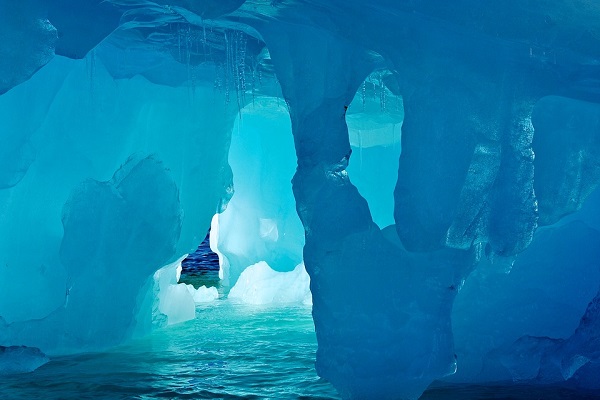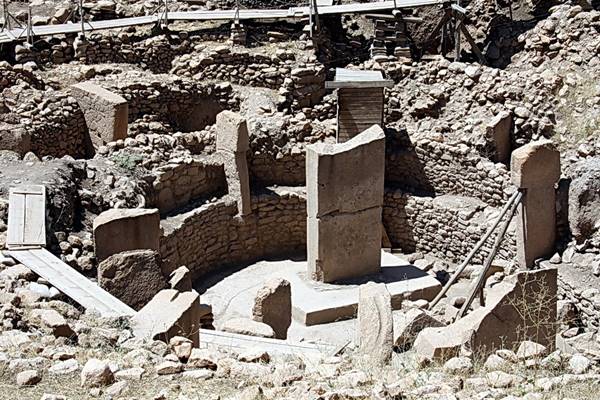
Scientists discovered a subglacial Antarctica cave system which might be holding still unknown life forms.
A recent study points to the fact that Antarctica might be inhabited by even more life forms than initially believed. The research team behind it discovered an ‘extensive’ cave system on the cold continent, one located in the vicinity of its volcanoes.
A closer look revealed that these are seemingly warmer than might be believed. In turns, this also allows the possible existence of both plant and animal life forms, some of them possibly being entirely new ones.
Antarctica Cave System Revealed to be a Treasure Trove of Data
According to the research paper, the network of active subsurface volcanoes which have been venting steam seems to have carved out an “extensive and interconnected” network of subglacial caves. After analyzing this system, the scientists determined that this can actually be considered hospitable to both macroscopic and microscopic creatures.
Warmed by the internal heat of the planet, this Antarctica cave system is considered a “geothermal area”.
“If geothermal environments in Antarctica, including subglacial geothermal caves, could indeed have housed invertebrates and plants during past glacial periods, we hypothesize that diverse species should also live in these environments today,” state the researchers.
They also point out that such regions could often be “tens of degrees warmer” than the temperatures of the outside air. This network of caves might also foster liquid water as well as light in areas with thinner overlying ice.
The study team took samples from the subglacial caves and volcanoes that created them. This revealed the presence of DNA traces from algae, moss, arthropods, and roundworms. These were detected both in the subsurface and exposed areas.
However, some of the collected samples did not resemble any known creatures. So the scientists suspect the possible existence of still unidentified creatures, macro, and microscopic ones. These might have lived there in the past or might still be alive now, as well.
Presently, the research team has yet to discover any live organisms in this Antarctica cave system. However, they plan on conducting more extensive research.
Current study findings were released in a paper in the journal Polar Biology.
Iamge Source: FreeGreatPicture









